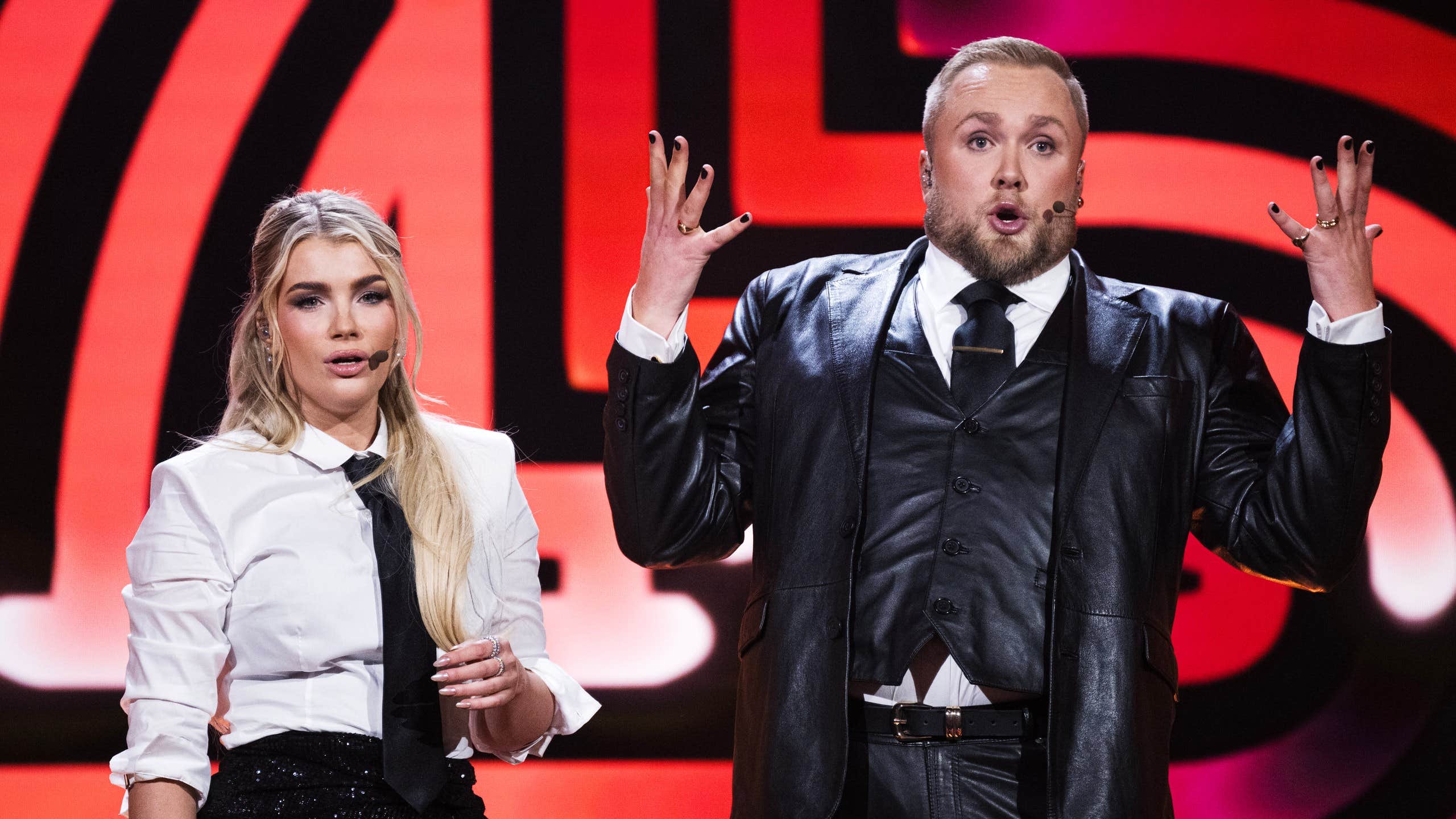International Asexuality Day: Understanding Asexual Identities

Table of Contents
Defining Asexuality and its Spectrum
Asexuality is simply the absence of sexual attraction. It's crucial to understand that asexuality is not a choice, a mental disorder, or a phase someone will grow out of. It's a fundamental aspect of an individual's identity, just like any other sexual orientation. However, asexuality exists on a spectrum, encompassing a range of experiences and identities. This spectrum is incredibly diverse and includes:
-
Demisexuality: Individuals who only experience sexual attraction after forming a deep emotional connection with someone. The bond itself is the catalyst for sexual feelings. They may not experience sexual attraction at all towards people they don't know intimately.
-
Gray-asexuality: This encompasses individuals who experience sexual attraction rarely, or under very specific circumstances. The intensity and frequency of their sexual attraction can fluctuate significantly.
-
Aromanticism: While not directly part of the asexual spectrum, aromanticism, the lack of romantic attraction, frequently co-occurs with asexuality. Aromantic individuals may not desire romantic relationships in the same way allosexual individuals do.
-
Other terms on the asexual spectrum: The asexual community has developed many nuanced terms to describe various experiences, including lithromantic (only experiencing romantic attraction to those you already love), quoiromantic (uncertainty about romantic orientation), and others. This continuous evolution of language reflects the complexity and richness of the asexual experience.
Common Misconceptions about Asexuality
Sadly, many misconceptions and stereotypes surround asexuality, often leading to misunderstanding and exclusion. It's important to address these head-on:
-
Asexuality is a mental illness: This is completely false. Asexuality is a sexual orientation, not a disorder. Medical and psychological professionals recognize asexuality as a valid sexual orientation.
-
Asexual people are incapable of intimacy: Asexual individuals are capable of experiencing deep and meaningful intimacy. Intimacy encompasses emotional, intellectual, and platonic connection, not solely sexual activity.
-
Asexual people are simply not trying hard enough to find sexual attraction: Sexual attraction is not a choice; it's a fundamental aspect of one's identity. Suggesting asexual people need to "try harder" is invalidating and disrespectful.
-
Asexual people are all the same: This ignores the vast spectrum of asexuality, as explained above. The experiences of demisexuals, gray-asexuals, and other identities within the spectrum are diverse and unique.
Asexual Experiences and Relationships
Asexual individuals experience relationships in diverse and fulfilling ways. The absence of sexual attraction doesn't preclude the ability to form deep and meaningful connections. Many asexual people have thriving romantic relationships based on emotional intimacy, shared interests, companionship, and other forms of connection.
-
Examples of satisfying relationships for asexual people: These can include relationships focused on emotional intimacy, shared activities, intellectual stimulation, and platonic partnerships.
-
Importance of open communication in asexual relationships: Open and honest communication is paramount in any relationship, but especially crucial for asexual individuals and their partners, who may need to discuss boundaries and expectations concerning sexual intimacy.
-
Addressing challenges asexual individuals might face in relationships: Some asexual individuals may face challenges like societal pressure to conform to sexual norms or misconceptions from partners who misunderstand their asexuality. Open communication and mutual respect are essential for navigating these challenges.
Resources and Support for Asexual Individuals
There are numerous resources available to support and educate asexual individuals and their allies.
-
The Asexual Visibility and Education Network (AVEN): AVEN is a leading organization offering information, community, and support for the asexual community. [Link to AVEN website]
-
Other Online Communities: Numerous online forums and social media groups provide spaces for asexual individuals to connect, share experiences, and find support.
-
Books and Articles: A growing body of literature explores the topic of asexuality, providing further understanding and validation.
Self-acceptance and community support are crucial for navigating the unique experiences of being asexual. Finding a supportive community can make a significant difference in an individual's well-being and self-esteem.
Conclusion
This International Asexuality Day, we've explored the multifaceted nature of asexuality, dispelling myths, and highlighting the diversity within the asexual spectrum. Asexuality is a valid sexual orientation, and asexual individuals are capable of experiencing fulfilling relationships and profound intimacy. It's crucial to recognize and respect the wide range of experiences within the asexual community. This International Asexuality Day, let's continue to learn and grow our understanding of asexuality and its diverse spectrum. Support and celebrate the asexual community and help foster a more inclusive world for everyone. Let's work towards a future where all asexual identities are celebrated and understood.

Featured Posts
-
 The Future Of Londons Live Music Scene Impact Of New Festival Rules
May 19, 2025
The Future Of Londons Live Music Scene Impact Of New Festival Rules
May 19, 2025 -
 Kibris Ta Sehitlerimiz Fatih Erbakandan Oenemli Bir Aciklama
May 19, 2025
Kibris Ta Sehitlerimiz Fatih Erbakandan Oenemli Bir Aciklama
May 19, 2025 -
 Get The Complete Ufc Vegas 106 Fight Card Burns Vs Morales Date Time And Location
May 19, 2025
Get The Complete Ufc Vegas 106 Fight Card Burns Vs Morales Date Time And Location
May 19, 2025 -
 Ufc 313 Post Fight Reflection A Prelims Bout Admission
May 19, 2025
Ufc 313 Post Fight Reflection A Prelims Bout Admission
May 19, 2025 -
 Finalen I Melodifestivalen 2025 Vem Vinner Artister Och Startordning
May 19, 2025
Finalen I Melodifestivalen 2025 Vem Vinner Artister Och Startordning
May 19, 2025
